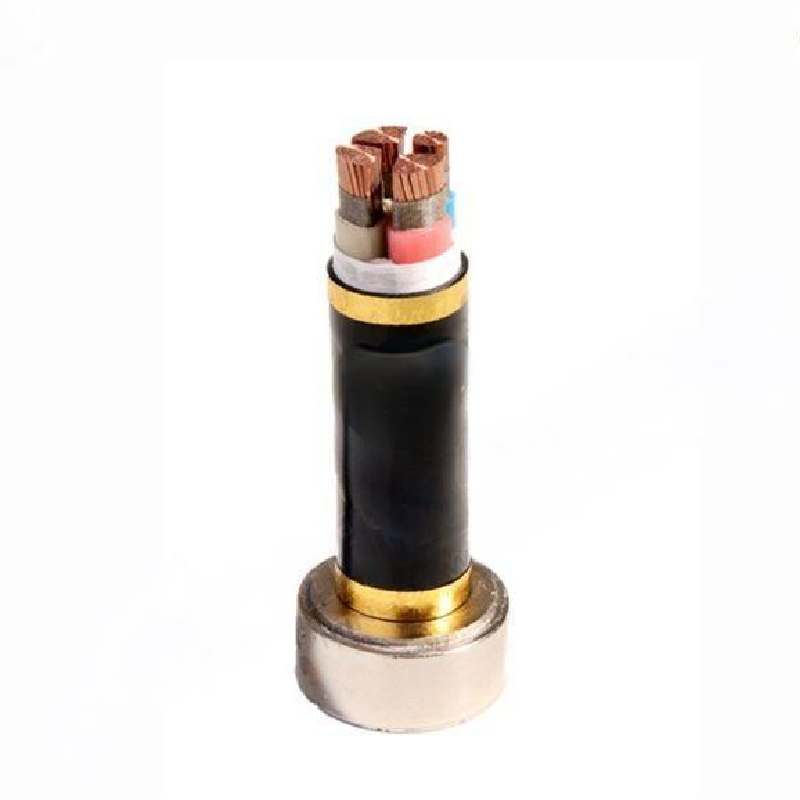Nov . 10, 2024 14:31 Back to list
Exploring the Benefits and Applications of Rubber Joints in Various Industries
Understanding Rubber Joints Their Importance and Applications
Rubber joints, commonly referred to as rubber expansion joints or flexible joints, are essential components used in many industrial, commercial, and residential applications. These specialized joints serve a crucial purpose to absorb vibrations, accommodate misalignments, and allow for thermal expansion and contraction within piping systems. This article delves into the significance of rubber joints, their construction, types, applications, and maintenance.
What Are Rubber Joints?
Rubber joints are made of flexible rubber materials and are designed to connect two rigid pipes or tubes. By their nature, these joints enable movement between connected components, which is essential for systems subjected to dynamic forces or variable temperatures. The primary function of rubber joints is to mitigate the impact of vibration and noise within the system, provide stress relief, and prevent leakage.
Construction of Rubber Joints
A typical rubber joint is constructed from a blend of synthetic rubber materials, offering high elasticity, resistance to aging, and durability. Reinforcements, such as fabric or steel, may be integrated into the joint to enhance its strength and performance under pressure. Various shapes and sizes are available to suit different installation requirements and alignments, whether it be a simple straight connector or a more complex configuration.
Types of Rubber Joints
There are several types of rubber joints available in the market, each designed for specific applications
1. Axial Expansion Joints These joints accommodate linear movement caused by thermal expansion or contraction.
2. Lateral Expansion Joints Built to handle lateral movements, these joints are ideal for systems where lateral misalignment is common.
3. Angular Expansion Joints These joints allow for angular movements, accommodating slight changes in angle due to misalignment between connected pipes.
4. Universal Expansion Joints These are versatile products that can absorb movement in all directions, providing excellent flexibility and reducing stress on pipelines.
Applications of Rubber Joints
rubber joint

Rubber joints are widely used across various industries due to their versatility and effectiveness. Common applications include
- HVAC Systems In heating, ventilation, and air conditioning systems, rubber joints help in reducing noise and vibrations associated with fans and pumps, leading to quieter operation.
- Water and Wastewater Treatment These joints are critical in pipelines carrying fluids, protecting the integrity of the system from vibration-induced wear and preventing leaks.
- Industrial Machinery Rubber joints are used in machinery and equipment to absorb shock and vibration, prolonging the life of components and improving performance.
- Transportation In vehicles, rubber joints can be found in exhaust systems and drive shafts, where they reduce noise and provide flexibility to the exhaust flow.
Maintenance of Rubber Joints
To ensure the longevity and functionality of rubber joints, regular inspection and maintenance are essential. Here are some key maintenance tips
- Visual Inspections Regularly check for signs of wear, cracks, or deformation in the rubber material.
- Environmental Conditions Keep the joints away from harsh chemicals or extreme temperatures unless they are specifically rated for such environments.
- Pressure Checks Monitor the operating pressure and ensure it remains within the specified limits to prevent premature failure.
- Proper Installation Ensure that the joints are installed correctly with appropriate alignment to prevent excess stress and premature wear.
Conclusion
Rubber joints play a vital role in modern piping systems and machinery, providing flexibility, shock absorption, and stress relief. Their significance is often underestimated, but without them, many industrial and residential applications would face increased wear and potential system failures. By understanding their construction, types, and applications, as well as implementing proper maintenance practices, one can ensure the efficient and effective operation of systems reliant on rubber joints for years to come.
Share
-
Reliable Wafer Type Butterfly Valves for Every IndustryNewsJul.25,2025
-
Reliable Flow Control Begins with the Right Ball Check ValveNewsJul.25,2025
-
Precision Flow Control Starts with Quality ValvesNewsJul.25,2025
-
Industrial Flow Control ReliabilityNewsJul.25,2025
-
Engineered for Efficiency Gate Valves That Power Industrial PerformanceNewsJul.25,2025
-
Empowering Infrastructure Through Quality ManufacturingNewsJul.25,2025